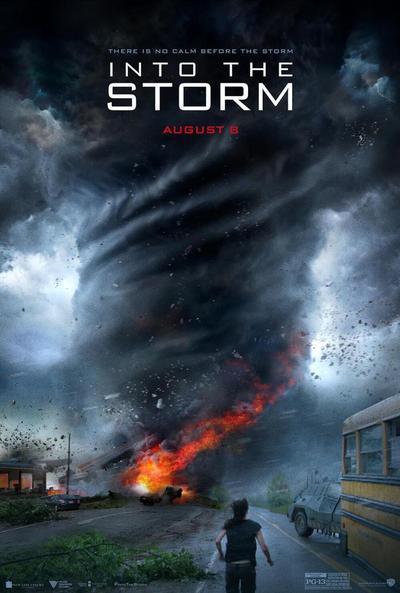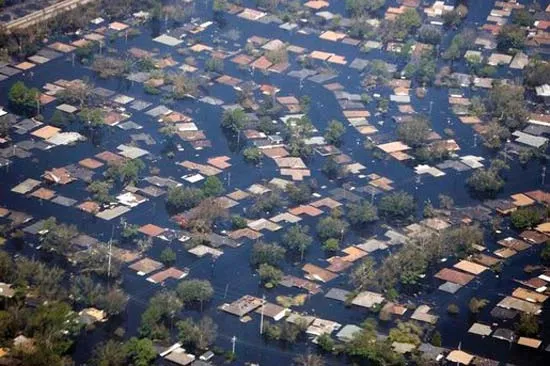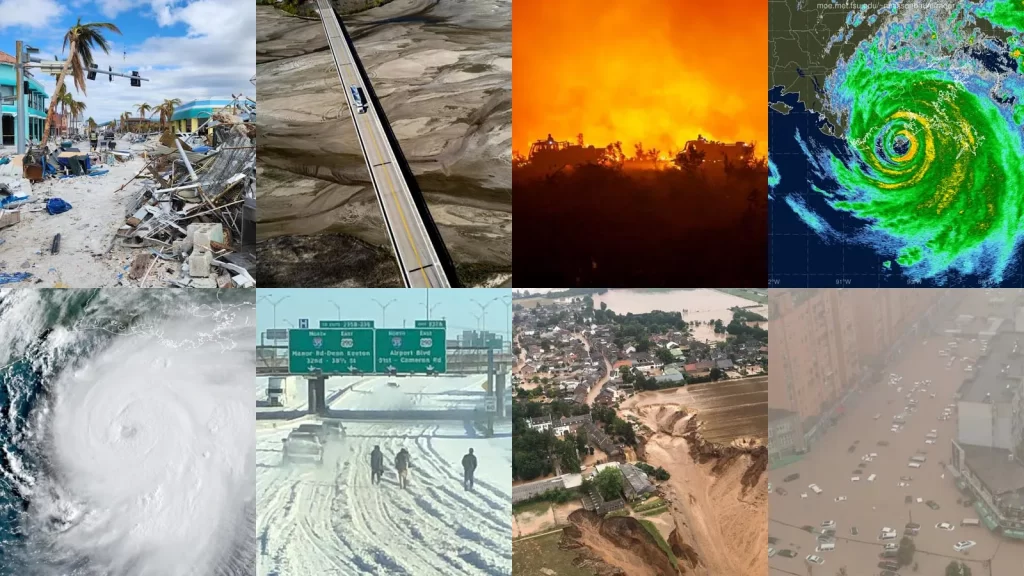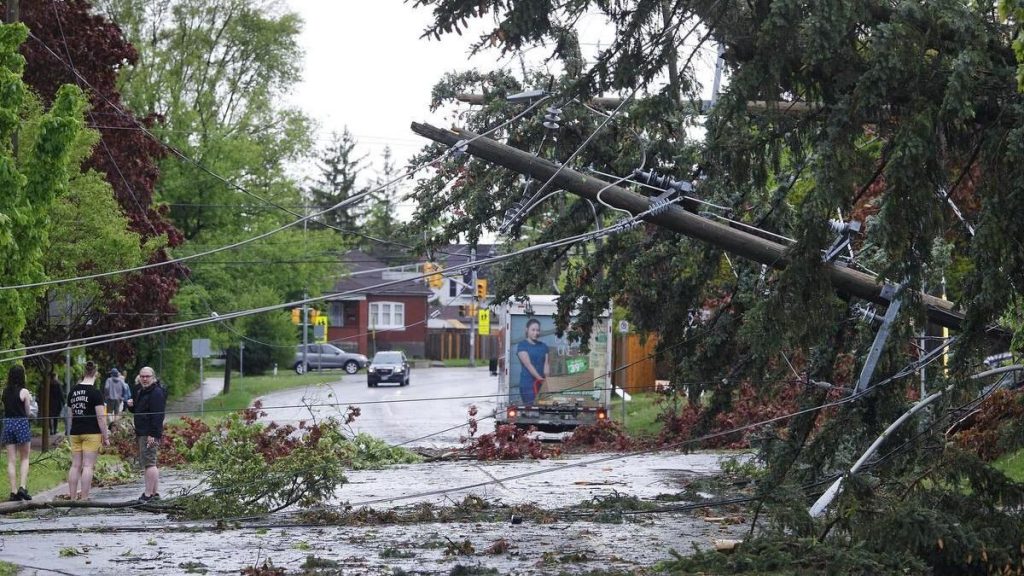Storm chasing and tornado-themed movies and TV series have captivated audiences for decades, offering a thrilling glimpse into the world of extreme weather and the brave individuals who pursue it. These productions often blend scientific accuracy with dramatic storytelling, creating compelling narratives that keep viewers on the edge of their seats. In this article, we’ll explore some of the best storm chasing and tornado movies and TV series that have left a lasting impact on the genre.

1.”Twister” (1996) – Directed by Jan de Bont and starring Helen Hunt and Bill Paxton, “Twister” is arguably the most iconic storm chasing movie of all time. The film follows a group of storm chasers as they pursue a series of powerful tornadoes across Oklahoma, all while navigating personal relationships and the challenges of their dangerous profession. “Twister” features groundbreaking special effects for its time, and its depiction of storm chasing has inspired countless aspiring meteorologists and storm chasers.

2. “Into the Storm” (2014) – This found-footage style movie follows a group of storm chasers and a high school documentary crew as they encounter a series of devastating tornadoes in the town of Silverton, Oklahoma. “Into the Storm” showcases impressive visual effects and intense action sequences, immersing viewers in the heart of the storm. While the film takes some creative liberties with its portrayal of tornadoes, it still manages to capture the awe-inspiring power and destructive potential of these natural phenomena.

3. “Storm Chasers” (2007-2012) – This Discovery Channel documentary series follows several teams of storm chasers as they pursue tornadoes across the United States. “Storm Chasers” offers a realistic and educational look at the science behind severe weather, as well as the challenges and risks faced by those who study it. The series features renowned storm chasers such as Reed Timmer, Tim Samaras, and Sean Casey, and their cutting-edge research vehicles, including the TIV (Tornado Intercept Vehicle) and the SRV (Dominator).

4. “Tornado Alley” (2011) – Directed by Sean Casey, “Tornado Alley” is a documentary film that chronicles the adventures of storm chasers as they attempt to capture footage of tornadoes using the TIV. The film features stunning footage of tornadoes and severe weather, as well as insights into the lives and motivations of storm chasers. “Tornado Alley” also explores the science behind tornadoes and the importance of research in improving our understanding and prediction of these powerful storms.

5. “Night of the Twisters” (1996) – Based on the novel by Ivy Ruckman, “Night of the Twisters” is a made-for-TV movie that tells the story of a family’s struggle to survive a devastating tornado outbreak in Nebraska. “Night of the Twisters” also explores the psychological impact of severe weather events on individuals and communities.

6. “Tornado!” (1996) – Another made-for-TV movie, “Tornado!” follows a storm chaser and a meteorologist as they attempt to warn a small Texas town of an impending tornado. The film features impressive special effects for its time and offers a suspenseful look at the challenges of predicting and responding to severe weather events.

7. “Storm Riders” (2015) – This short-lived TV series follows a group of storm chasers as they pursue tornadoes across the United States. “Storm Riders” offers a behind-the-scenes look at the lives of storm chasers, including the challenges they face both in the field and in their personal lives. The series features stunning footage of tornadoes and severe weather, as well as insights into the science and technology used to study these phenomena.

8. “Tornado Chasers” (2012) – This National Geographic documentary follows a team of researchers and storm chasers led by meteorologist Reed Timmer as they attempt to collect data from inside a tornado using their custom-built armored vehicle, the Dominator 2. The documentary offers a fascinating look at the cutting-edge technology and innovative strategies used by storm chasers to study these powerful storms up close.

9. “Tornado Intercept” (2005) – Produced by the Discovery Channel, “Tornado Intercept” is a thrilling documentary that follows a team of storm chasers as they pursue tornadoes across the Great Plains. The film features stunning footage of tornadoes and severe weather, as well as insights into the science behind these phenomena and the challenges faced by those who study them.

10. “The Tornado Chasers” (2013) – This BBC documentary series follows a group of storm chasers and meteorologists as they attempt to unravel the mysteries of tornadoes and improve our ability to predict and respond to these devastating storms. “The Tornado Chasers” offers a global perspective on storm chasing.
Classics:

1.”The Wizard of Oz” (1939) – This iconic film features one of the most memorable tornado scenes in cinema history. The movie follows Dorothy Gale as she is transported to the magical land of Oz by a powerful tornado. The tornado scene, with its impressive special effects for the time, has become a classic moment in film history and has inspired countless references and parodies in popular culture.

2. “Cyclone” (1978) – This made-for-TV movie follows a group of people in a small Midwestern town as they struggle to survive a devastating tornado. “Cyclone” was one of the earliest films to focus specifically on tornadoes and their impact on communities. The movie features impressive special effects for its time and offers a suspenseful look at the challenges of predicting and responding to severe weather events.




























































